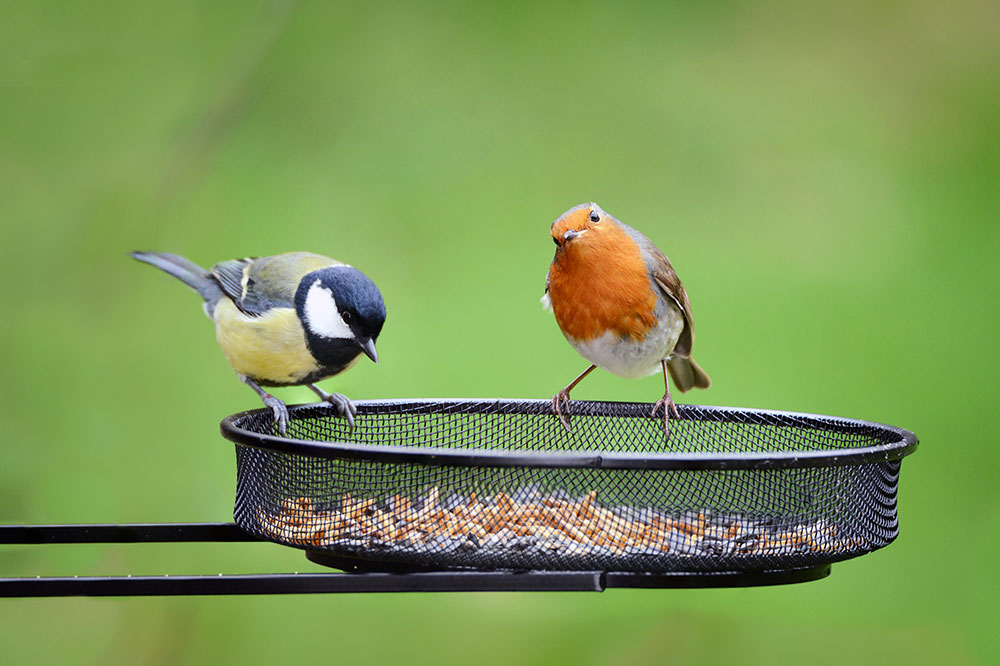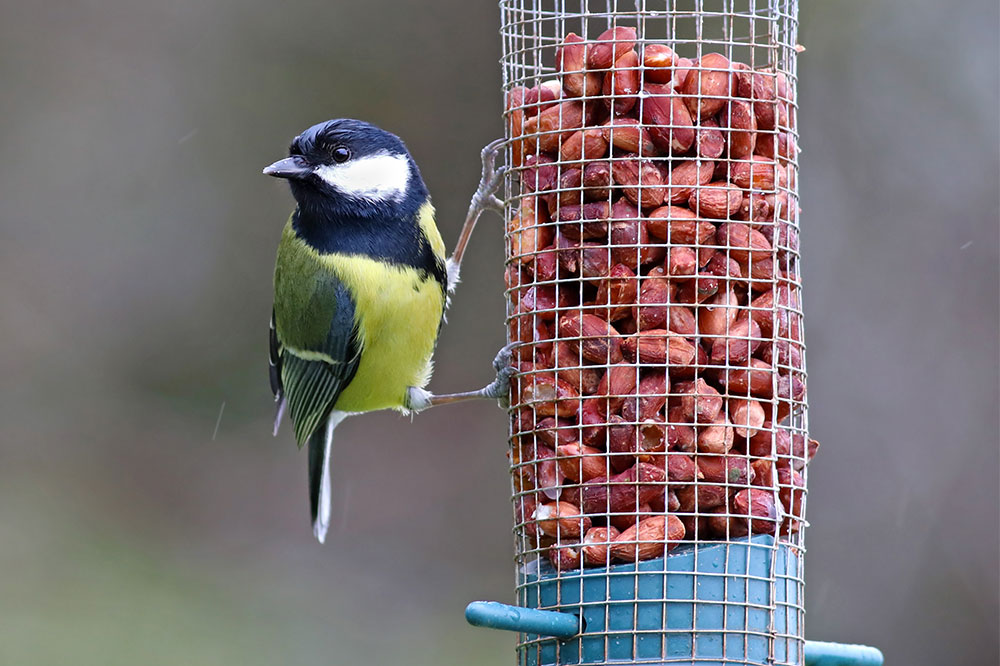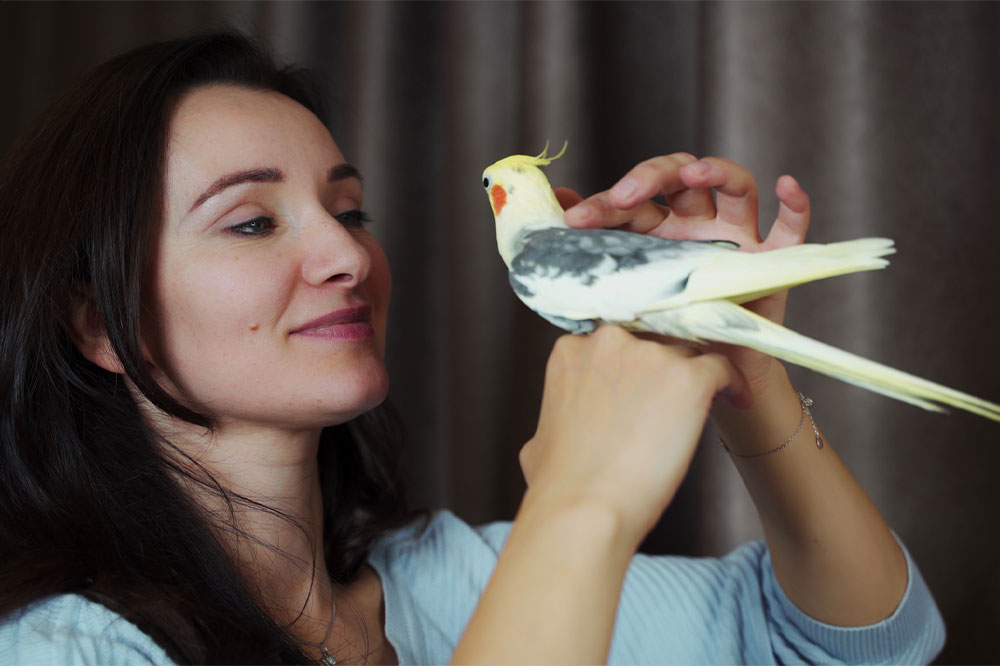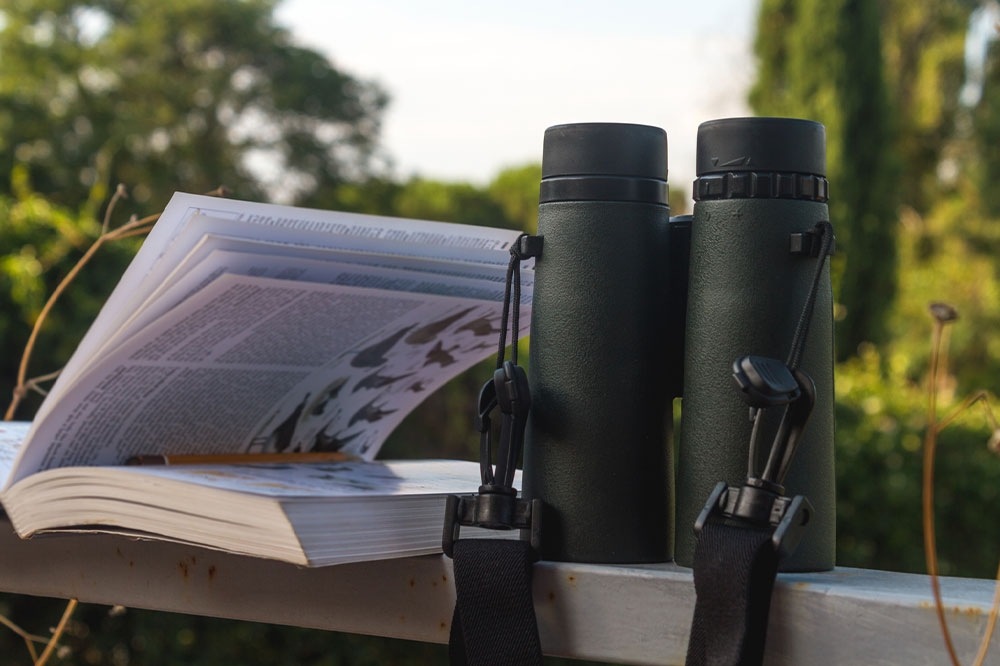Guide to Choosing and Using Hummingbird Feeders
Discover the essential guide to selecting and maintaining hummingbird feeders. Learn about different types, top models for 2024, and expert tips to attract and care for hummingbirds in your garden. Find out how to choose the right feeder, where to place it, and how to keep it clean for these beautiful visitors. Perfect for bird lovers seeking to enhance their outdoor space and enjoy nature's delicate marvels consistently.
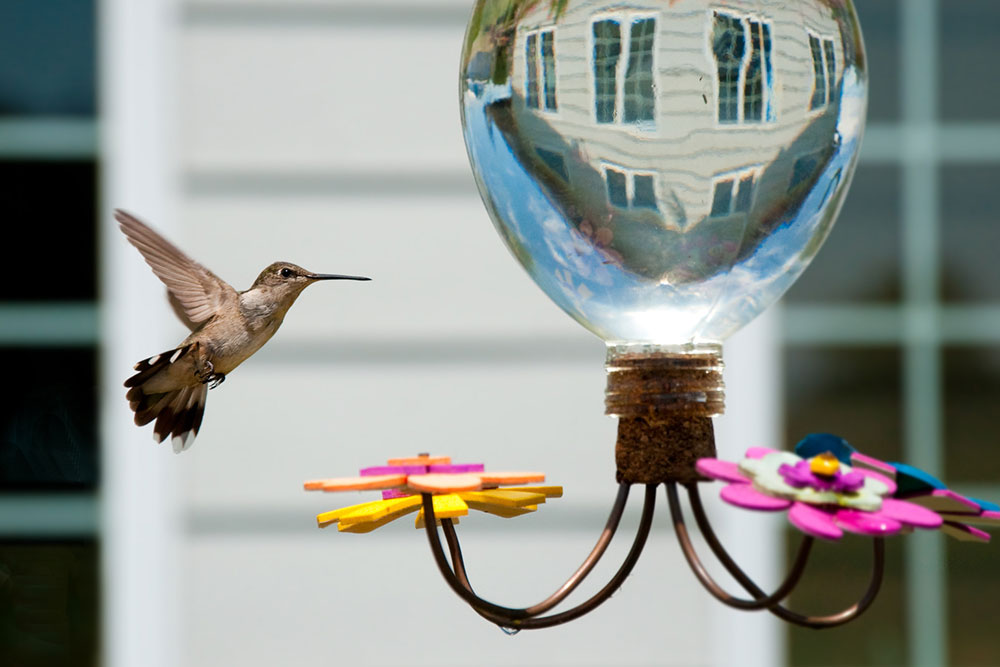
Guide to Selecting and Maintaining Hummingbird Feeders
Hummingbirds, with their shimmering feathers and melodious sounds, captivate many bird enthusiasts. Attracting these vibrant birds often involves using feeders specifically designed for nectar, as they are not typically drawn to seed-based feeders. These feeders accommodate their long tongues and slim bills, making feeding easier and more efficient.
Types of hummingbird feeders
Most hummingbird feeders are crafted from plastic, glass, or metal, and come in various designs:
Bottle feeders: Also known as tube or vacuum feeders, these feature an inverted container that releases nectar into feeding ports, often equipped with ant prevention features.
Saucer feeders: With a bowl-like shape, these feeders reduce leakage and mess, and are easier to clean, holding less nectar but allowing quick refills.
Horizontal bar feeders: Designed with multiple feeding ports on a horizontal bar, these encourage several hummingbirds to feed simultaneously, ideal for busy gardens.
Decorative feeders: Shaped aesthetically, often in bright red, these feeders attract hummingbirds visually and add charm to outdoor spaces, though they might require more maintenance.
To find top-rated options, searching online for "best hummingbird feeders 2024" is helpful. Popular models include the First Nature 16 oz feeder, More Birds Vintage Glass 20 Oz, Sewanta Handheld 1 Oz, Perky-Pet Copper Glass 12 Oz, and Aspects Hummzinger HighView 12 Oz.
Useful tips for feeder setup include placing it near sheltering plants for safety, ensuring visibility for quick access, and filling only enough nectar to prevent spills and discourage pests. Maintaining cleanliness and monitoring for messes keeps feeders appealing and safe for hummingbirds.


